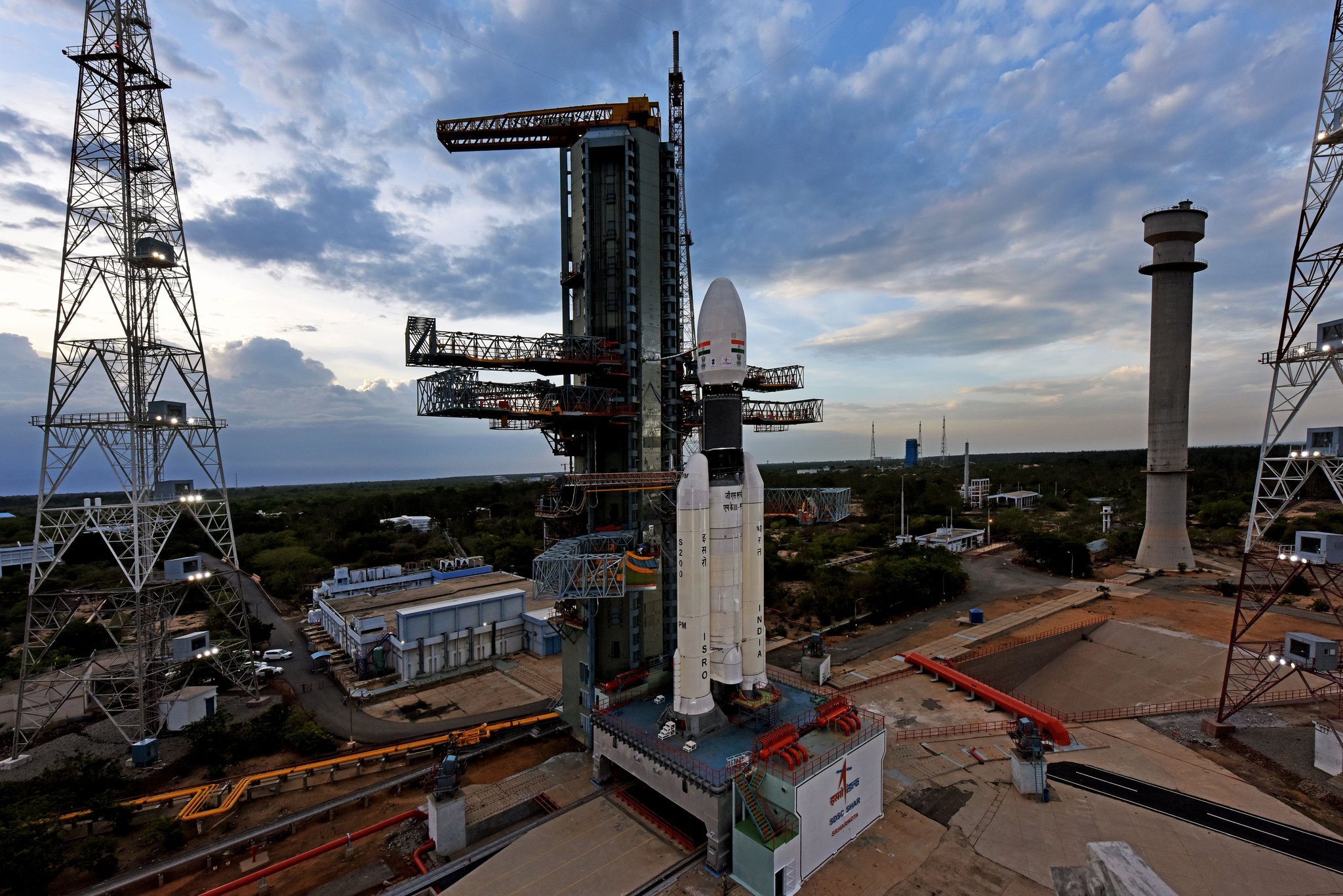India’s Chandrayaan-2 mission has successfully launched to the moon

It was the second attempt, after a scheduled liftoff last week was postponed because of technical issues.
The news: India’s Chandrayaan-2 mission to the moon launched at 04.13 EDT today from the Sriharikota space station in the country’s southeastern coastal state of Andhra Pradesh.
Second go: The launch was due to take place exactly a week ago on July 15, but it had to be postponed just 56 minutes before launch because of a leak from a helium gas bottle in the rocket’s engine, according to the Times of India. It was simple to fix, but left unresolved, it could have resulted in total failure, a source from the Indian space agency Isro told the BBC.
Two firsts: If successful, it would be the first Indian spacecraft to land on the moon, and the first ever to land on the moon’s south pole. It would join a club of just three countries so far to land on the moon (the US, China, and the Soviet Union). The lander (named Vikram, after Isro’s founder) is scheduled to touch down on September 6 or 7 between two of the moon’s craters, Simpelius N and Manzinus C.
The mission: There are three components: the orbiter, the lander, and the rover. The lander will search for water and minerals, and measure moonquakes, while the orbiter will spend a year taking images of the moon’s surface. The rover, which has a life span of just 14 days, will roam up to half a kilometer from the lander, taking pictures and collecting data to send back to Earth. Chandrayaan-1, the country’s first moon mission in 2008, contained only an orbiter and impactor designed to slam into the lunar surface.
Plummeting costs: The budget for the mission is just $141 million, indicating just how cheap it has become to send things into space.
Want to stay up to date with space tech news? Sign up for our newsletter, The Airlock.
Deep Dive
Space
How to safely watch and photograph the total solar eclipse
The solar eclipse this Monday, April 8, will be visible to millions. Here’s how to make the most of your experience.
The great commercial takeover of low Earth orbit
Axiom Space and other companies are betting they can build private structures to replace the International Space Station.
How scientists are using quantum squeezing to push the limits of their sensors
Fuzziness may rule the quantum realm, but it can be manipulated to our advantage.
Stay connected
Get the latest updates from
MIT Technology Review
Discover special offers, top stories, upcoming events, and more.